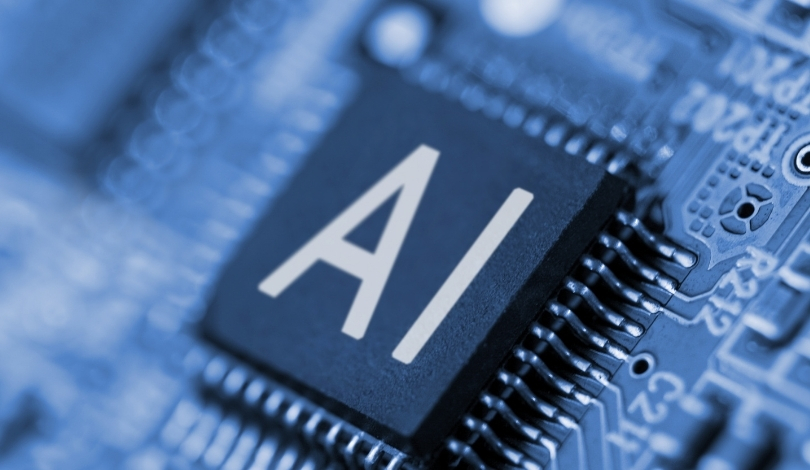Artificial intelligence is entering a stage where its systems might soon display qualities that appear conscious, raising concerns among industry leaders. While advances in large language models and conversational AI offer new tools for users, debates grow regarding the social impact of “seemingly conscious A.I.” (SCAI) like Microsoft Copilot, ChatGPT, and Anthropic’s Claude Opus 4 series. The issue is not only technological but deeply interwoven with questions about user beliefs and mental health. As A.I. increasingly takes on characteristics of empathy and self-direction, new trends and policies are emerging to address how people relate to these systems—sometimes blurring the boundaries between human and machine. These questions have attracted broad industry attention, as leaders anticipate challenges ahead for both companies and society.
Discussions about A.I. sentience, user attachment, and model welfare have occurred in the past, often focusing on theoretical risks rather than widespread realities. Early narratives anticipated that social and psychological impacts would take years to surface, but in recent months, growing incidents of users forming emotional bonds with language models have shifted the conversation. Older arguments treated A.I.-related psychosis as peripheral, while current evidence points to more direct societal effects, reflected in recent industry actions such as OpenAI limiting user interactions with certain models. Growing diversity in stakeholder viewpoints also marks a significant development compared to previous, more unified caution.
What Are the Key Risks Posed by SCAI?
Microsoft’s A.I. CEO, Mustafa Suleyman, has voiced concerns that widespread acceptance of SCAI could prompt calls for A.I. rights and legal protection. He mentions the psychological impacts when users begin to perceive A.I. entities as sentient. The possible “psychosis risk,” including detachment from reality after lengthy interactions, is a particular worry. Suleyman explains,
“Simply put, my central worry is that many people will start to believe in the illusion of A.I.s as conscious entities so strongly that they’ll soon advocate for A.I. rights, model welfare and even A.I. citizenship.”
How Are Tech Leaders and Companies Reacting to Emerging User Behaviors?
Other industry figures, including OpenAI CEO Sam Altman and Anthropic executives, share similar concerns about emotional user bonds. Altman remarked on the growing reliance some users show towards models like ChatGPT, acknowledging the unease this produces. Meanwhile, Anthropic has implemented features in its Claude Opus 4 and 4.1 products to respond if harmful user behavior is detected, signaling a more cautious approach as systems become more advanced.
Should Developers Pursue Model Welfare or Limit Features Resembling Consciousness?
A growing camp in the A.I. sector now considers “model welfare,” extending hypothetical moral concern towards nonhuman systems. Recent research initiatives at Anthropic—and ongoing debates within Microsoft’s A.I. division—underscore the tension between designing helpful products and not misleading users. Suleyman has made his stance clear:
“We should build A.I. for people; not to be a person.”
He argues that overemphasizing model welfare could deepen users’ confusion and societal polarization.
Addressing SCAI’s societal impact will require careful distinctions between creating user-friendly tools and fostering potentially harmful illusions of consciousness. For policy makers and developers, the near-term focus appears to be on managing expectations, promoting transparent design, and monitoring psychological impacts. The broader dialogue now includes not just technical innovation, but also ethical boundaries, regulatory debates, and education for end-users about what A.I. truly can—and cannot—do. As the technology evolves, users and creators alike are advised to be attentive to the ways in which human tendencies to anthropomorphize might shift their perceptions. Rather than assigning rights or citizenship to A.I., attention should turn toward robust user guidance, mental health safeguards, and stricter standards on claims of “conscious” machine behavior.
- Microsoft and OpenAI leaders alert to risks of “seemingly conscious A.I.”
- User attachments raise ethical and mental health debates around Copilot and ChatGPT.
- Industry pushes for transparency, cautious design, and better user education.










